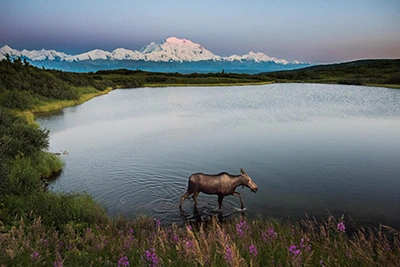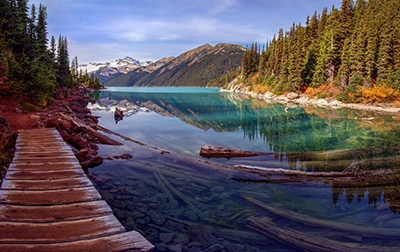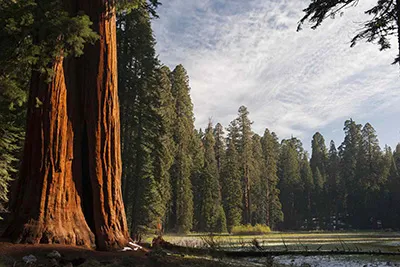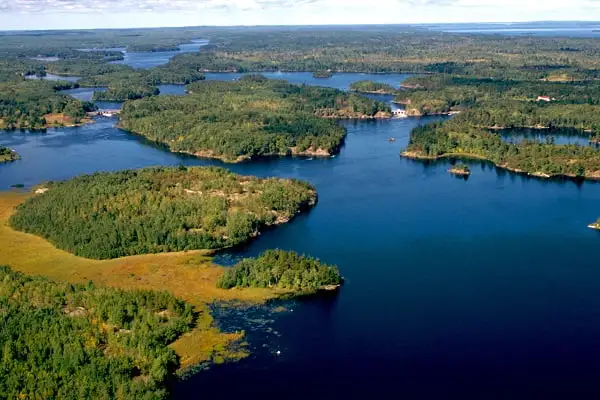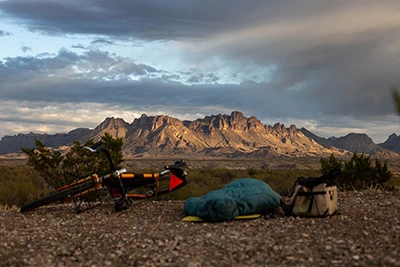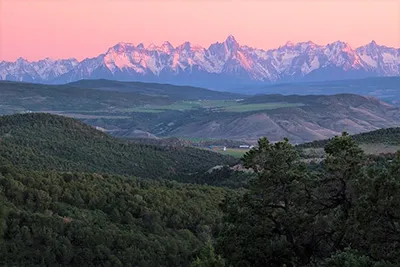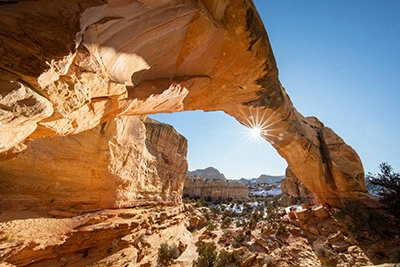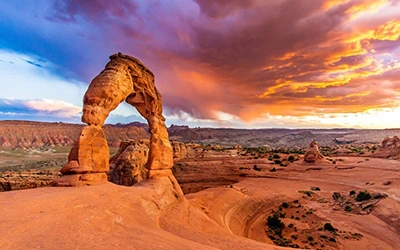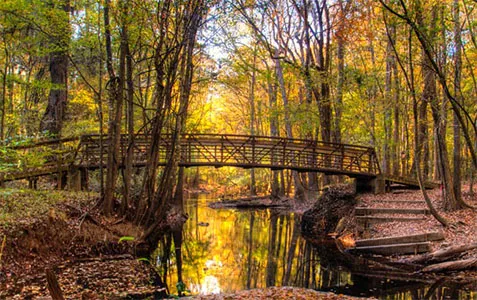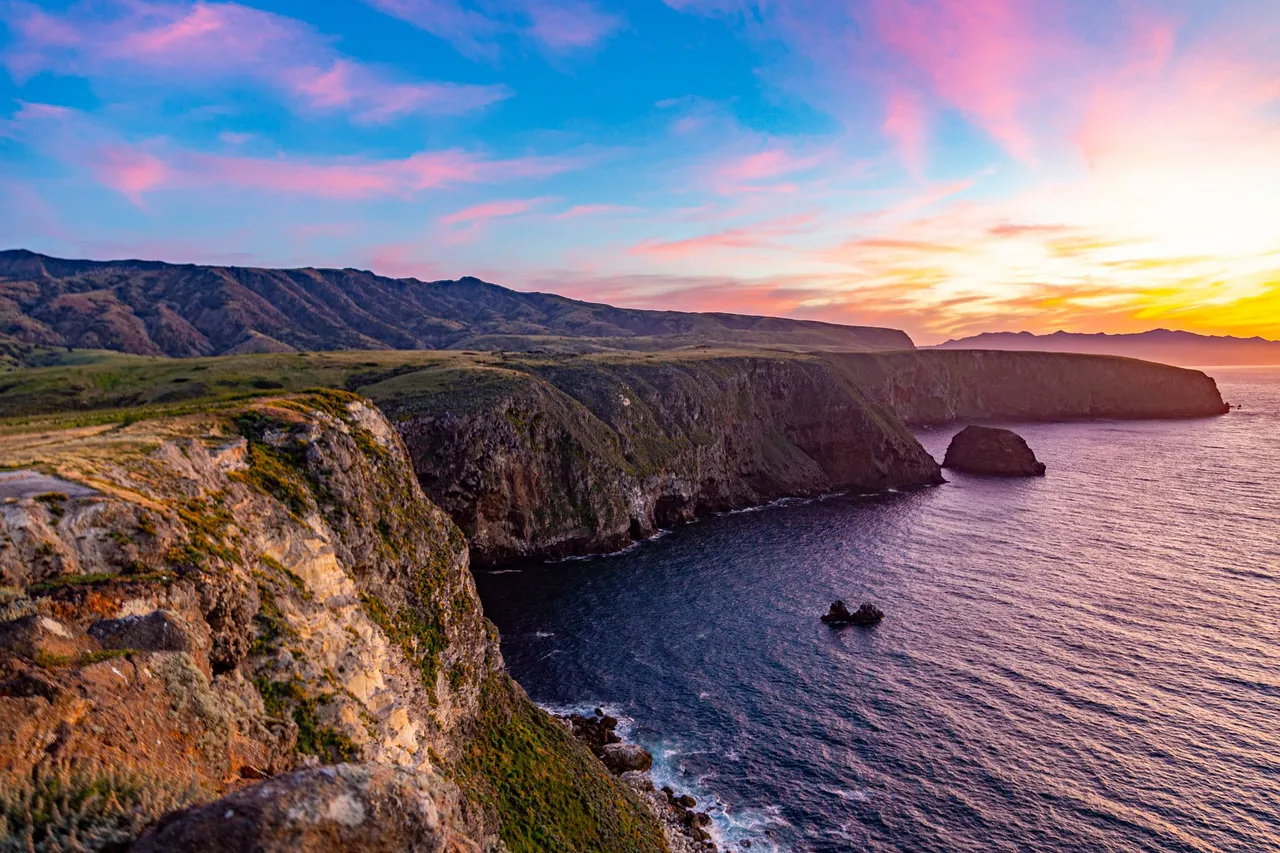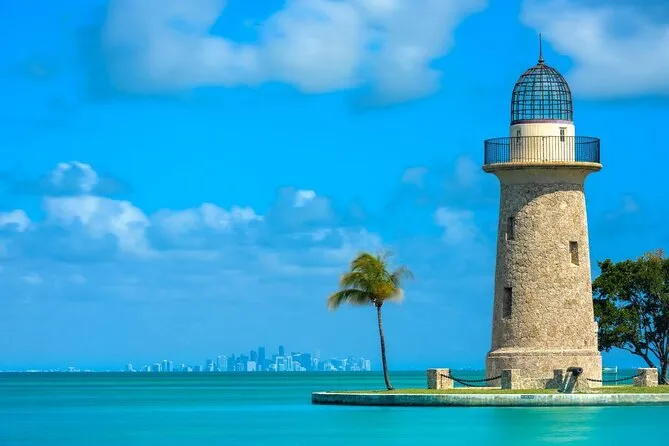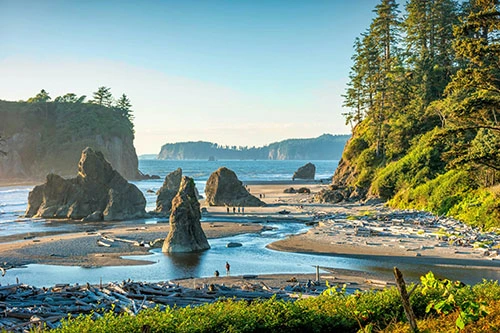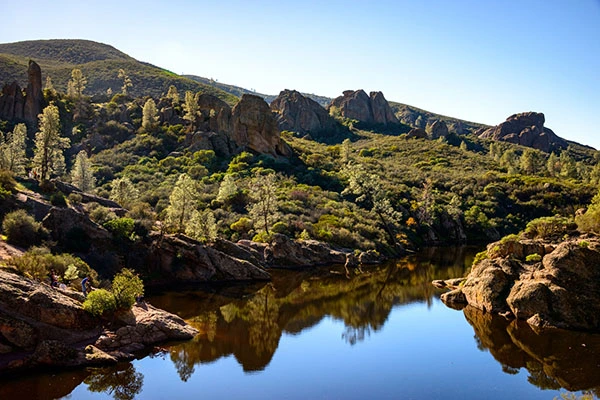Mountains and Mountainous Terrain
National Parks
Discover the Beauty of National Parks in the US: A Comprehensive Guide
As an avid traveler and nature enthusiast, W’ve had the privilege of exploring many of the incredible national parks across the United States. These parks, each with their unique landscapes, wildlife, and adventures, offer an escape into nature’s splendor. In this article, National Park Shops will share my experiences and tips to help you plan an unforgettable journey through the US national parks.
The Magic of National Parks
National parks are protected areas established to preserve the natural beauty, wildlife, and cultural heritage of a region. The United States is home to 63 national parks, each offering distinct experiences ranging from towering mountains and vast deserts to lush forests and pristine coastlines. Visiting these parks allows you to connect with nature, explore diverse ecosystems, and engage in outdoor activities like hiking, camping, and wildlife watching. Learning about the history of these parks adds a layer of appreciation to your visit. At Yellowstone, I joined a ranger-led tour that delved into the park’s creation and its impact on conservation worldwide.
Top Experiences in US National Parks
Hiking Adventures
Hiking is one of the best ways to experience the beauty of national parks. Trails range from easy walks to challenging backcountry routes, catering to all levels of fitness and adventure. One of my most memorable hikes was in the Great Smoky Mountains National Park, where I trekked to the summit of Clingmans Dome. The panoramic views from the top were breathtaking, and the journey through dense forests and along mountain ridges was truly invigorating.
Wildlife Watching
National parks are sanctuaries for wildlife, offering opportunities to see animals in their natural habitats. From bison in Yellowstone to alligators in the Everglades, each park hosts a unique species. Observing the bison herds in Yellowstone National Park was a highlight of my trip. These majestic creatures roam freely across the park, providing a glimpse into the wild beauty of the American West.
Scenic Drives
Many national parks offer scenic drives that showcase their stunning landscapes. These routes often include overlooks, picnic areas, and access to trailheads. Driving along the Going-to-the-Sun Road in Glacier National Park was an unforgettable experience. The road winds through mountains, past waterfalls, and offers spectacular views of glaciers and valleys.
Camping Under the Stars
Camping in national parks allows you to immerse yourself in nature. Most parks offer campgrounds with varying amenities, from basic sites to more developed ones with facilities. Camping in Yosemite National Park was a surreal experience. Waking up to the sight of Half Dome bathed in morning light and falling asleep under a canopy of stars was pure magic. Make sure to book campsites early, as they fill up fast, especially during peak seasons.
Seasonal Highlights
National parks offer unique experiences throughout the year, each season bringing its own charm and activities.
Spring
Spring is a time of renewal, with wildflowers blooming and wildlife emerging from hibernation. It’s an excellent season for birdwatching and witnessing the rebirth of nature. Visiting Yosemite National Park in spring allowed me to see its famous waterfalls at their peak. The roaring cascades and lush greenery were a sight to behold.
Summer
Summer is the peak season for most national parks, offering warm weather and longer days for exploration. It’s perfect for camping, hiking, and water activities. Camping in Acadia National Park during the summer was a fantastic experience. The cool coastal breezes and stunning ocean views made for an idyllic camping trip.
Fall
Fall brings vibrant foliage, cooler temperatures, and fewer crowds. It’s a great time for hiking and photography as the landscapes transform with autumn colors. The fall foliage in Great Smoky Mountains National Park was a kaleidoscope of reds, oranges, and yellows. Hiking through the colorful forests was a truly magical experience.
Winter
Winter offers a quieter, serene experience in many parks. Activities like snowshoeing, cross-country skiing, and wildlife tracking are popular in snowy regions. Exploring the snow-covered landscapes of Rocky Mountain National Park in winter was a peaceful and exhilarating experience. The crisp air and pristine snow made it a winter wonderland.
Tips for Visiting National Parks
Plan Ahead
National parks can be busy, especially during peak seasons. Planning your trip in advance, including accommodations and permits, ensures a smoother experience. Book your campsites or lodges early, especially for popular parks like Yellowstone and Yosemite. This guarantees you have a place to stay and allows you to focus on enjoying the park.
Respect Wildlife
Wildlife in national parks is protected, and it’s essential to observe animals from a safe distance. Never feed wildlife or approach too closely. Bring binoculars for a closer view of animals without disturbing them. Respecting wildlife ensures their safety and yours.
Leave No Trace
Preserving the natural beauty of national parks is crucial. Follow the Leave No Trace principles: pack out all trash, stay on designated trails, and minimize your impact on the environment. You should Carry a small trash bag with you to collect any litter you find. Every little bit helps in keeping the parks pristine for future visitors.
Be Prepared
Weather in national parks can be unpredictable. Bring appropriate clothing, gear, and supplies for your activities. Always check the weather forecast and trail conditions before heading out. Some layers are essential for varying temperatures. A good pair of hiking boots and a backpack with essentials like water, snacks, and a first aid kit can make your adventure more enjoyable.
Top National Parks in US you must discover
As a seasoned traveler and outdoor enthusiast, exploring the national parks of the United States has been one of my most rewarding experiences. The US boasts an array of national parks, each offering unique landscapes, wildlife, and adventures. In this comprehensive guide, I’ll share my personal experiences and insights on some of the best national parks in the US, helping you plan an unforgettable trip.
Yosemite National Park
Yosemite National Park, located in California’s Sierra Nevada mountains, is renowned for its stunning granite cliffs, waterfalls, giant sequoias, and diverse ecosystems. It’s a haven for hikers, climbers, and nature lovers.
Walking through Yosemite Valley for the first time was an awe-inspiring experience. The sight of El Capitan and Half Dome left me speechless. The park’s beauty is truly unparalleled, and I highly recommend visiting during the spring when the waterfalls are at their peak.
Must-See Attractions
-
Yosemite Falls: One of the tallest waterfalls in North America.
-
Glacier Point: Offers breathtaking views of Yosemite Valley.
-
Mariposa Grove: Home to over 500 mature giant sequoias.
Grand Canyon National Park
Grand Canyon National Park in Arizona is one of the most iconic landscapes in the world. The immense size and intricate and colorful landscape provide an overwhelming experience. Standing at the rim of the Grand Canyon for the first time, I was struck by the sheer scale and beauty of the view. The colors and shadows that shift throughout the day are mesmerizing. I particularly enjoyed a sunrise hike on the South Kaibab Trail.
Must-See Attractions
-
South Rim: Offers the most accessible and iconic views.
-
North Rim: Less crowded and offers a different perspective.
-
Hiking Trails: Bright Angel Trail and South Kaibab Trail are popular choices.
Yellowstone National Park
Yellowstone National Park, spanning Wyoming, Montana, and Idaho, is the first national park in the world. It’s famous for its geothermal features, wildlife, and dramatic landscapes. Visiting Yellowstone felt like stepping into another world. The geysers, hot springs, and vibrant colors of the geothermal features were unlike anything I’d seen before. Wildlife sightings, including bison and grizzly bears, were highlights of my trip.
Must-See Attractions
-
Old Faithful: The most famous geyser in the park.
-
Grand Prismatic Spring: Known for its striking colors.
-
Yellowstone Lake: The largest high-elevation lake in North America.
Zion National Park
Zion National Park in Utah is known for its towering sandstone cliffs, narrow canyons, and unique rock formations. It’s a paradise for hikers and rock climbers. Hiking the Narrows, where you walk through the Virgin River surrounded by towering canyon walls, was an unforgettable experience. The challenging Angels Landing trail offered some of the most stunning views I’ve ever seen.
Must-See Attractions
-
The Narrows: A hike through the river in a narrow canyon.
-
Angels Landing: A strenuous hike with rewarding views.
-
Zion Canyon Scenic Drive: Offers breathtaking vistas.
Great Smoky Mountains National Park
Straddling the border between North Carolina and Tennessee, Great Smoky Mountains National Park is known for its mist-covered mountains, diverse plant and animal life, and well-preserved historic buildings. The lush, green landscapes and the peacefulness of the Smokies were a refreshing change from the arid parks of the West. I particularly enjoyed the Clingmans Dome hike, which provided panoramic views of the park.
Must-See Attractions
-
Clingmans Dome: The highest point in the park.
-
Cades Cove: A beautiful valley with wildlife and historic structures.
-
Roaring Fork Motor Nature Trail: A scenic drive with waterfalls and old-growth forest.
Acadia National Park
Located on the coast of Maine, Acadia National Park offers a mix of rocky beaches, granite peaks, and lush forests. It’s a haven for hikers, cyclists, and nature enthusiasts. Watching the sunrise from Cadillac Mountain, the first place in the US to see the sunrise, was a magical experience. The park’s coastal trails, such as the Ocean Path, offered stunning views of the Atlantic.
Must-See Attractions
-
Cadillac Mountain: The highest point on the US East Coast.
-
Jordan Pond: Known for its clear waters and surrounding mountains.
-
Schoodic Peninsula: A less crowded area with rugged coastline and scenic views.
Glacier National Park
Located in Montana, Glacier National Park is known for its dramatic landscapes, glacial-carved valleys, and diverse ecosystems. The park’s pristine beauty makes it a must-visit. Driving along the Going-to-the-Sun Road, with its breathtaking vistas and wildlife sightings, was an unforgettable experience. The hike to Grinnell Glacier was challenging but incredibly rewarding.
Must-See Attractions
-
Going-to-the-Sun Road: A scenic drive through the heart of the park.
-
Grinnell Glacier: A challenging hike with stunning views.
-
Lake McDonald: The largest lake in the park, known for its clear waters and colorful rocks.
Joshua Tree National Park
Joshua Tree National Park in California is famous for its unique desert landscape, rugged rock formations, and iconic Joshua trees. It’s a paradise for rock climbers and stargazers. The stark beauty of the desert and the surreal landscape of Joshua trees left a lasting impression on me. Climbing the rocks at Hidden Valley and watching the stars at night were highlights of my visit.
Must-See Attractions
-
Hidden Valley: A popular spot for rock climbing.
-
Keys View: Offers panoramic views of the Coachella Valley.
-
Cholla Cactus Garden: A unique and beautiful area with dense clusters of cholla cacti.
Conclusion
Exploring the national parks of the United States has been one of the most fulfilling adventures of my life. Each park offers its own unique beauty, from the towering peaks of the Rocky Mountains to the serene waters of the Everglades. Whether you’re seeking thrilling hikes, peaceful camping, or stunning wildlife encounters, there’s a national park waiting to be discovered by you. So pack your bags, lace up your hiking boots, and embark on an unforgettable journey into the heart of America’s natural wonders. Happy travels!
FAQs about National Parks in the US
The best time to visit depends on the park and your preferred activities. Generally, spring and fall offer mild weather and fewer crowds, while summer is ideal for camping and hiking. Winter can be magical in parks that receive snow.
Yes, national parks offer a range of activities suitable for families, including easy hikes, wildlife viewing, ranger programs, and educational exhibits. Many parks have family-friendly accommodations and amenities.
Most national parks charge an entrance fee, which can be paid at the entrance or online. Some activities, like backcountry camping or climbing, may require additional permits. Check the park’s website for specific information.
Pets are allowed in many national parks but are usually restricted to certain areas, such as campgrounds, picnic areas, and some trails. Always check the park’s pet policies before your visit.

